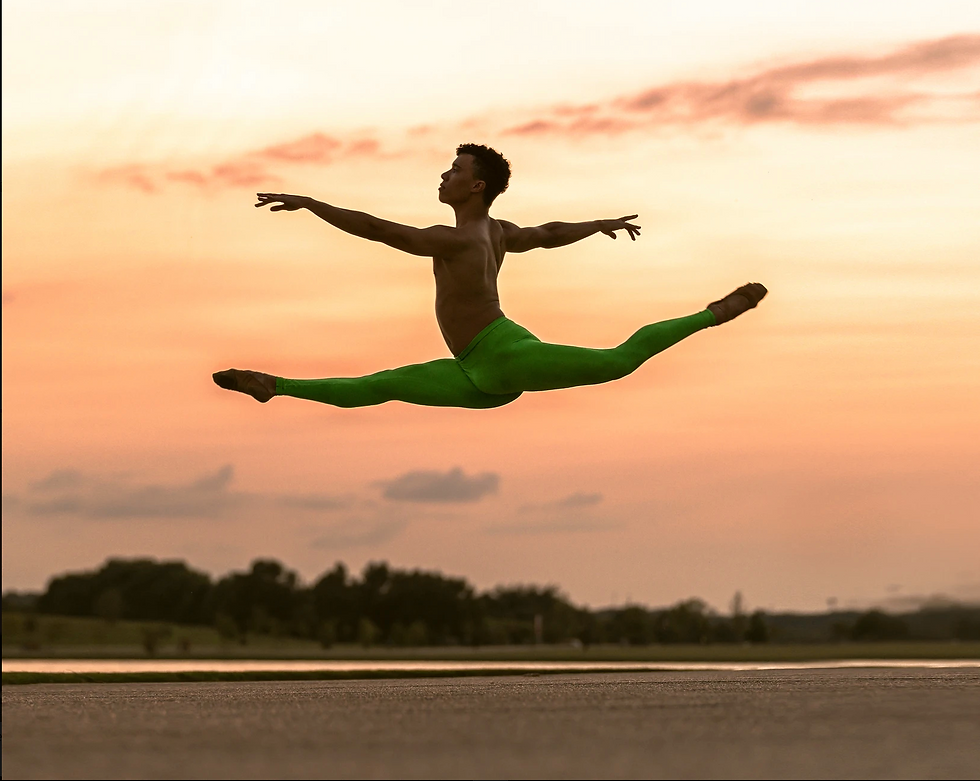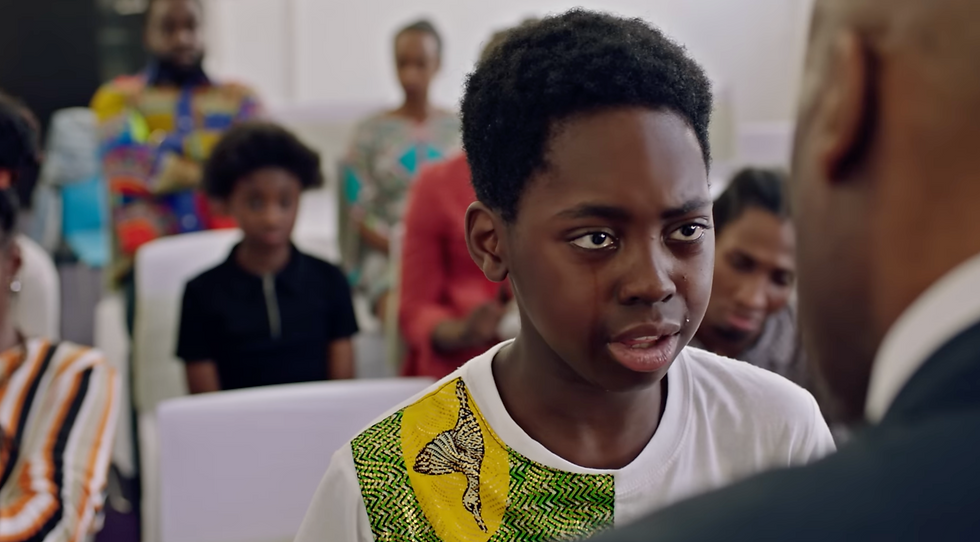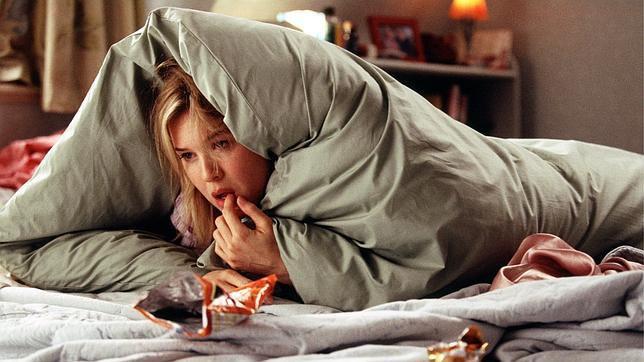The Colour of Ballet
- Jasmine Faulkner
- Jul 12, 2024
- 11 min read
Updated: Oct 21, 2024
Julie Felix was not given a contract for The English National Ballet, and why? Because of the colour of her skin. She is not alone. Why are there so few Black British ballet dancers in the UK?
Julie Felix was a 17-year-old ballet prodigy. Her future in the art form seemed limitless. In 1975, as a student at the prestigious Rambert Ballet School in London, she was hailed as one of the most talented young dancers in the UK. But despite this, Felix was not given a contract for the London Festival Ballet (LFB).
And the reason? Nothing to do with her skills as a dancer. "It was simply because of the colour of my skin", Felix says.
One of the few people selected to dance in Rudolf Nureyev’s production of Sleeping Beauty with the LFB (now the English National Ballet), Felix dreamed of becoming the first Black British dancer in the company.
Instead, she explained, “I was told I would mess up the line of the corps de ballet, you can not have a row of white swans and a brown one at the end, it would not look right."
Out of the 100 dancers at The Royal Ballet, only four are black. This is not unusual. Black ballet dancers only make up 12 out of the 275 dancers in the top four ballet companies in the UK, equating to only 4.4%, a number that hasn’t changed since 2020.
Black British ballet dancers make up less than 1% of the employed cohort in the UK, with black dancers often being recruited from other countries like South America.
“In most companies when a talented black dancer is chosen as a member, they don’t know how to cast them. Still, there is a mentality that a black ballerina in the middle of a flock of white swans would somehow alter the harmony.”
- Carlos Acosta, Professional Ballet Dancer
The scarcity of black dancers in the ballet world is a striking reality that extends beyond the borders of the UK. Even the prestigious Bolshoi Ballet in Russia, with its renowned reputation, boasts a company of 218 dancers, yet not a single one is black.
Felix comments on the word ‘harmony’ saying, “It is ridiculous. Yes, the corps ’de ballet is about unison, they choreographically move as one. These other notions of ‘harmony’ are used as excuses to exclude dancers of colour.”
After all of Felix’s dedication, being rejected for her colour was heartbreaking. “I was devastated, I cried so much, I thought my career was over”, she says.

Having grown up in London, in the ‘60s, Felix was no stranger to feeling isolated because of her race. “We were the only mixed-race family in my area, I was very used to only seeing white faces in the neighbourhood.
“When I told my mum that I wanted to pursue ballet she said ‘you have to be even better than everybody else because of the colour of your skin’.”
Although Felix did not let these circumstances stop her. “Part of my personality is sink or swim, and I thought: ‘I am not going to sink here’. Watch me, I am going to show them I can do it.”
She didn’t have to wait long. That summer Dance Theatre of Harlem (DTH) came to London.
The Dance Theatre of Harlem
DTH was a game-changer in the world of ballet. Founded in New York in 1969 by Arthur Mitchell, it was the first major ballet company to prioritise black dancers.
In 1974, Mitchell brought the company to London with a mission to showcase their talent. It was a bold move, given that 17 years earlier, The New York Negro Ballet had toured the UK and received mixed reviews.
An unnamed critic from Edinburgh said: “Ably as these dancers can comport themselves in traditional classical ballet, it is a pity that they should waste their time on what is not really their element.”
Arthur Mitchell was a true trailblazer and cultural icon. Through DTH, he provided countless opportunities for talented young black dancers. His legacy was celebrated when he passed away in 2018.

In 1974, Felix took a class with DTH and afterwards, Arthur Mitchell personally offered her a place in his company.
So, in 1977, at 20-years-old, Felix left her family and moved alone to New York City.
“The diversity of colour in the company was something I had never seen before”, she says.
"Although life in the US put British racism into perspective, in my first week in New York I saw a young black man being shot dead by two white police officers for shoplifting."
She also recalls a time when a DTH tour in Mississippi had to be cancelled.
“We were walking to the theatre when we saw the Ku Klux Klan marching down the street, holding their burning crosses and shouting the ’N’ word.
“We got into the theatre terrified and Michell said that we had to cancel the season, it was too dangerous. There was also a lot of prejudice in America.”
Felix stayed with DTH for 10 years, earning her place as a soloist and dancing for the likes of Micheal Jackson and Prince.
By 1986, she was missing home and returned to the UK and later became a teacher for Birmingham Royal Ballet (BRB).
During her time at BRB, she started a programme called Dance Track, which offered training to young black dancers who could not afford to go to ballet school.
Felix commented that to change the future of Black British Ballet we need more programmes like Dance Track, “Blaming the lack of diversity in professional ballet companies on lack of training is not an excuse.
“More access needs to be given to dancers of colour. This comes through more funding and the continuation of programmes like Dance Track.”
Black British Ballet
Dr Sandie Bourne wrote her doctoral thesis on the experiences of Black British ballet dancers.
“I was a dancer and I remember going to classes in Essex and being the only black person there and the teacher saying ‘Why is your bottom so big?'", she says.
Building on her research, Bourne created the Black British Ballet Project (BBBP), which archives the overlooked contributions of black dancers in the last century.
“I realised that there needed to be a place to document these voices otherwise people will never know the true history, and they will continue to think ballet is only for white people, which has never been the case.
“The damage this is having is major. Mainstream ballet needs to change and people need to be educated.
When I visit the ballet companies, I say to them, ‘Can you name a Black British ballet dancer?’ They look at me with blank faces. This is in dance establishments and they don’t know the history", she says.
Traditionalism
The reason for the lack of diversity in the British ballet industry may be rooted in traditionalism.
The choreography in classical ballets was established hundreds of years ago, meaning racist ideas from that era are woven into our understanding of what ‘classical’ ballet represents.
Bourne says, “There are so many racial stereotypes that have remained in choreography. A perfect example is The Nutcracker. Ballet dancers need to seriously consider what it is that they are dancing.”
Another detrimental practice that has seemed to have persisted in the ballet world is the use of blackface.
“There is documentation that Louis the 14th ‘blacked up’ in 1677”, says Bourne. "They are still doing it. In 1991 a dancer for Birmingham Royal Ballet was asked to 'black up' to play 'The Moor'.”
In 2020, Misty Copeland, one of the world's most famous black ballet dancers, called out the Russian Ballet for blackface.
“Change is so hard”, says Bourne. “Traditional ballets are owned by the families of the original creators. This means that if a ballet company wanted to tweak the choreography or have an entirely black cast then they would need permission from the owner.
“The families often do not want anything to be changed, they are holding onto the tradition and want to keep it exactly how it was.”
Bourne warns that this could lead to ballet dying out altogether, “Having representation on stage brings in more diverse audiences. The traditionalist old people are dying out! If ballet doesn't represent Britain and what we now stand for, how do we expect it to survive?”
Type Casting
Black and POC dancers are often typecast, “It stems back to the evolutionary theory”, says Bourne. “When you break down the ideas of the ‘black person’, they were seen as primitive and aggressive."
Dancer Dayana Fadayiro from Birmingham spoke about how often she is confronted with typecasting.
“When I began dancing in school, I was constantly conformed to stereotypical roles. Most of my friends were cast as princesses, swans or big roles like Sugar Plum. I was always given sassy or aggressive roles and never the lead", she says.
"I got through it by thinking that maybe I just was not good enough, but when younger dancers who were clearly not as technically capable as I was were cast as the pretty flowers and princesses I knew that was not the case.
"Typically if there is a dancer of colour, they get cast to the stereotype of the sexy, sassy black woman. I stopped dreaming of the delicate, pretty roles.”
“Black women are often perceived as being rude and aggressive. In ballet, the meek, innocent roles are rarely given to black women.
"We are all those things and some. We don’t always have to be exotic, all fire and athleticism. The images we don't see of black women as princesses: now that speaks volumes.”
- Aeesha Ash, New York City Ballet
Bourne comments that in order for things to change, ballet institutions should be monitored.
"We need to make sure there is no racism happening and give more opportunities to young black dancers", she says.
Junor Souza, one of the three black dancers at the English National Ballet, told The Guardian, "Most of the time ballet dancers are white. It's disappointing, and it makes me sad. I'm not going to say everyone is racist, but there is a little bit of racism. If I go to Swan Lake, there is never a black dancer as the swan.”
America
When it comes to diversity in ballet, the US appears to be ahead of the UK.
The average percentage of employed Black American ballet dancers in the US is 4%, but they still face the lowest average salary at $47,303 (£37,694).
Bourne points out that after the assassination of George Floyd, a shift occurred, leading to more focus on diversity. “There was a ripple effect. Realistically there have been many before him, it has been going on forever, since slavery and beyond.
"Now organisations feel that they have had to ‘come correct’ after BLM. However, I am just glad that they are calling me in because the story needs to be told”, she says.
The UK

While studying at the Royal Academy of Dance, Cassa Pancho was shocked to discover that there were no Black British ballerinas in the UK. Determined to change this, she founded Ballet Black in 2001 - a company dedicated to providing opportunities for POC dancers in the UK.
Isabela Coracy is a professional dancer born in Brazil, she joined Ballet Black in 2013.
“When I was a little, I was the only black dancer in the studio with more than 50 white ballerinas”, she says.
“I thought I was never going to make it into a classical company because I was black. How can you say to someone that you're not going to make your dreams?
"I never stopped fighting and look, here I am now. When I came to Ballet Black, I saw that I could be a black ballerina. We are celebrating diversity and equality in one studio. I just wish that this was the same in the entire world.”
Pancaking

Pancaking: The process of covering your pink pointe shoes with foundation in order for them to match your skin tone.
Dancers of colour often can't find dancewear that matches their skin tone and resort to using 'pancake' makeup to continue the line of their legs.
Ingrid Silva is Brazilian and now dancing for DTH, she has experience in having to pancake her shoes for years."It is so expensive, the makeup I used was $11 per bottle and that would only cover three shoes", she says.
Silva went through an average of two pairs of pointe shoes a week, meaning she used to spend $770 a year on makeup alone.
Felix also says how when she started dancing, she wasn’t aware that there was even a possibility of shoes that would fit her skin tone.
“Everything was pink, there was nothing out there for darker skin tones. I did not even think about it, I just thought that was ballet, pink tights and shoes.
"The first encounter I had with different coloured shoes was when I joined DTH. The dance mistress would dye every ballerina's tights according to their individual skin tone. You would go into her room and see twelve different shades of brown, all drying on the rack", she says.
In 2017, Cassa Pancho and Freed of London created the first darker-toned pointe shoes in the UK.
In 2020, social media campaigns against pancaking, led by Briana Bell, sparked dancewear companies such as Capezio and Bloch to ‘launch’ a range of darker-toned pointe shoes.
However the full collections never came to fruition and in three years, there are still very limited colours available.
Blacks in Ballet
Blacks in Ballet was founded by Fabio Mariano in 2020. The Instagram page showcases black ballet dancers and shares their experiences.
“I found that most existing dance social media pages did not share black dancers. One reason for this is that there has not been much exposure on stage.
“There are so many black dancers that are doing amazing things that people do not know about. Yes, there is Misty Copeland but what about others that have done as much as she has?”, says Mariano.
Blacks in Ballet prompted a change in the industry. Top companies now look to them for education.
“Change has to happen, we can not be blind and do nothing. I see leadership being more inclusive. This is great because when leaders have oppressed perspectives they can address previously unthought-of issues", he says.
Mariano began dancing when he was 14-years-old and started training professionally when he was 16. He joined a prestigious ballet school in Rio, Brazil where the majority of dancers and people in leadership were white.

During those years, he encountered predjuce and saw the inequalities that dancers of colour had to face. “It was complicated for them to see a black dancer joining the main company", he says.
“I felt like I stuck out, I was constantly on edge. I was so aware of the colour of my skin.”
“Everytime I was in the sun, I would wear so much suncream - SPF70! To make sure that I did not get any darker. I would use products in my hair so that it wouldn't be too curly.
“At the time, not having the information and living in a society that made it all seem normal, I did not see how wrong it was. I thought these things were part of being a dancer with darker skin. It was only until years later that I realised you should never have to change who you are.”
- Fabio Mariano
Mariano noticed that barely any black dancers were making the main companies in Brazil.
He pointed out that ballet training is expensive, and many black dancers do not have access to scholarships or financial support.
“In Brazil, there are much fewer dance companies that accept black dancers, I had to move to America to be able to dance", he says.
“Through Blacks in Ballet, I strive to show the younger generation of black dancers that it is possible to achieve your dreams and to emphasise the importance of inclusivity.”
The Future
As ballet continues to evolve and embrace new perspectives, there is a growing need to break free from its traditional limitations. Without doing so, the art form may risk becoming outdated, leaving audiences and performers behind.
Though progress has been made, there is still a long way to go to ensure that ballet truly represents the diverse world we live in.
Mariano sees hope for the future, although he believes classical companies may struggle to let go of centuries of tradition.
“It is not about changing what is ‘classical’, it is about changing human rights”, he says.
“If ballet is going to survive, there needs to be more diversity”, says Bourne. “They need to unblock all these obstacles and bring more Black British dancers to the top.”



Comments